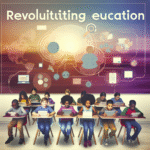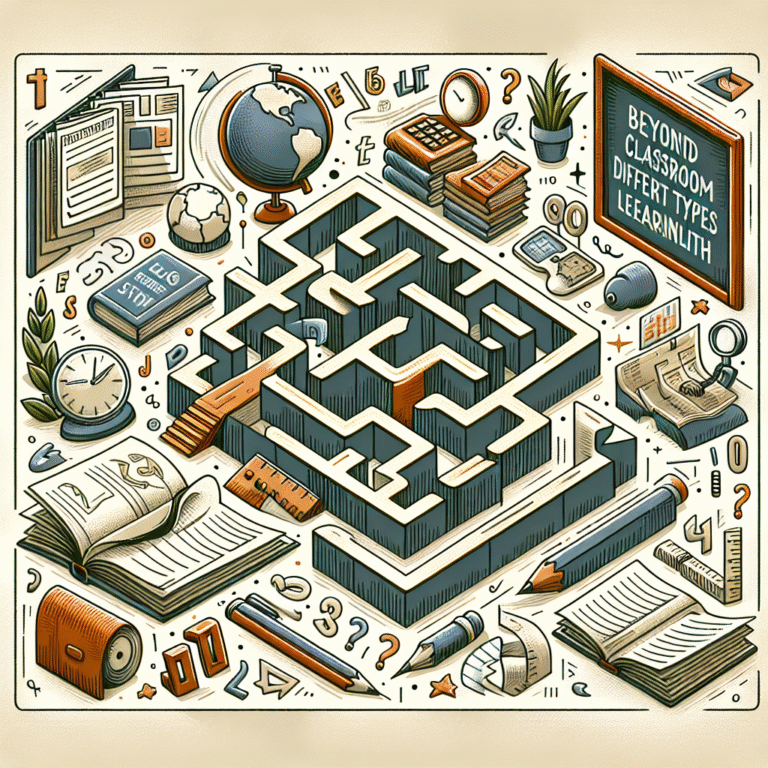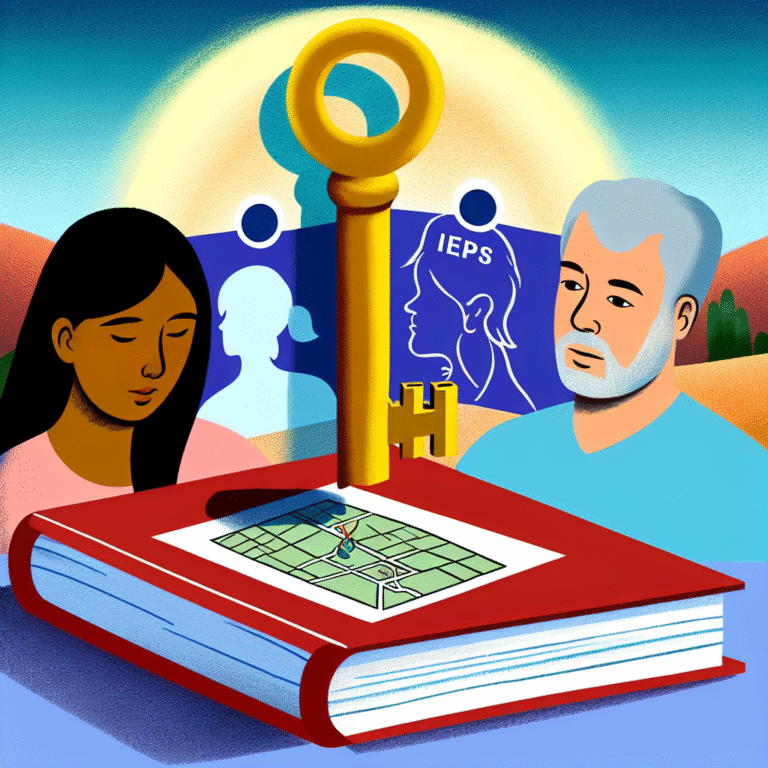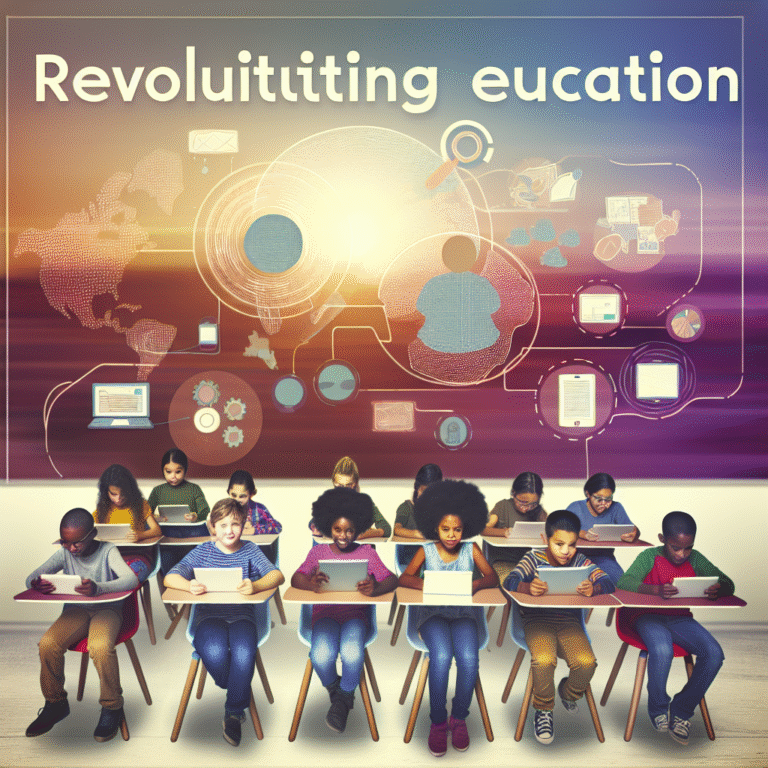
Unlocking Potential: Innovative Tools and Techniques for Enhancing Reading Comprehension in Learners with Disabilities
Introduction
Every child deserves the chance to unlock their potential and thrive in a world that increasingly values literacy. Yet, for many learners with disabilities, reading comprehension remains a steep challenge. According to the National Center for Learning Disabilities, approximately 1 in 5 children struggle with learning disabilities, adversely affecting their academic journey and self-esteem. Therefore, the necessity for effective tools and techniques specifically designed to enhance reading comprehension in these learners has never been more pressing. This article explores Unlocking Potential: Innovative Tools and Techniques for Enhancing Reading Comprehension in Learners with Disabilities, offering valuable insights, case studies, and practical solutions that can transform learning experiences.
The Landscape of Reading Comprehension Challenges
Before diving into the innovative tools and techniques, it is essential to understand the unique challenges faced by learners with disabilities in reading comprehension. Whether it be dyslexia, ADHD, or autism spectrum disorders, each condition presents its own set of obstacles, impacting a child’s ability to process information, engage with texts, and derive meaning from what they read.
The challenges can manifest in various ways, including:
- Difficulty with Phonemic Awareness: Understanding how sounds in language relate to written letters.
- Struggles with Vocabulary Acquisition: Limited exposure to diverse language, inhibiting word knowledge.
- Problems with Working Memory: Difficulty in holding and manipulating information needed to understand a passage.
- Reduced Focus and Attention: A struggle to remain engaged with the text, leading to incomplete comprehension.
Identifying these challenges is crucial for educators and parents, but more importantly, so is the application of effective strategies tailored to meet learners’ diverse needs.
Innovative Tools for Enhancing Reading Comprehension
1. Assistive Technology
Assistive technology plays a transformative role in supporting learners with disabilities. Tools such as text-to-speech software and audiobooks can facilitate comprehension by allowing learners to hear text while following along visually.
Case Study: Emma’s Journey with Text-to-Speech
Emma, a 10-year-old student with dyslexia, had previously struggled to keep up with her reading assignments. After being introduced to a text-to-speech software, Emma began to thrive. She could listen to the text while following along, which significantly improved her understanding and retention.
This integration of technology not only helped Emma at school but also bolstered her confidence, as she was able to participate more fully in class discussions.
2. Graphic Organizers
Graphic organizers are visual tools that help learners structure and organize their thoughts. They can be especially beneficial for students who have difficulty synthesizing information.
Common Types of Graphic Organizers:
| Type | Purpose |
|---|---|
| Venn Diagrams | Compare and contrast ideas |
| Story Maps | Outline narratives |
| Concept Maps | Visual representation of concepts |
| KWL Charts | What students Know, Want to know, and Learned |
Case Study: Jacob’s Use of Concept Maps
Jacob, a high school student with ADHD, found it challenging to summarize reading materials. By utilizing concept maps in his reading assignments, Jacob became adept at visually staging his thoughts. He reported feeling less overwhelmed and more organized, which made a notable difference in his comprehension skills.
Techniques for Enhancing Reading Comprehension
3. Multisensory Instruction
Multisensory instruction engages more than one sense at a time—sight, sound, touch, and movement. This approach caters to various learning styles and can be especially effective for learners with disabilities.
Implementation Tips for Teachers:
- Use color-coded texts to highlight different parts of speech.
- Incorporate hands-on activities related to the reading material.
- Encourage auditory feedback, such as reading aloud in pairs.
Case Study: Sarah’s Multisensory Learning
Sarah, a 12-year-old with a learning disability, excelled when introduced to multisensory techniques in her reading class. By manipulating letters during phonics lessons and listening to stories while following along, her reading comprehension scores improved significantly, validating the power of this instructional method.
4. Personalized Reading Programs
Personalized reading programs, such as Lexia or Read 180, provide tailored reading experiences that adjust to each learner’s skills and pace. These adaptive programs can dramatically enhance reading comprehension by being responsive to individual needs.
Case Study: Marcus’s Progress with Personalized Learning
Marcus, an 11-year-old with autism, struggled with comprehension due to a one-size-fits-all curriculum. School staff introduced him to an adaptive reading platform that personalized his learning path. Over six months, Marcus’s reading scores showed a marked improvement, illustrating how personalized programs can be pivotal in unlocking potential.
5. Teaching Metacognitive Strategies
Metacognitive strategies teach learners to think about their own thinking. By encouraging students to monitor their comprehension, summarize, and ask questions, educators can empower them to become self-regulated learners.
Techniques to Teach Metacognition:
- Encourage students to pause and reflect on their understanding.
- Teach summarization techniques post-reading.
- Promote question-asking before, during, and after reading.
Case Study: Lucas’s Use of Metacognitive Strategies
Lucas, a third grader with a learning disability, learned to ask himself questions while reading during guided sessions. This strategy empowered him to take control of his understanding, reaching new heights in comprehension.
Combining Tools and Techniques for Maximum Impact
To amplify the benefits, educators and parents should consider integrating various tools and techniques to create a comprehensive approach that caters to each student’s unique learning profile.
Example Program Structure:
| Session Focus | Tools Used | Techniques Employed |
|---|---|---|
| Phonics and Word Recognition | Text-to-Speech, Audiobooks | Multisensory Instruction |
| Comprehension Skills | Graphic Organizers, Personalized Programs | Teaching Metacognitive Strategies |
| Narrative Understanding | KWL Charts, Story Maps | Peer Collaboration |
Conclusion
As we navigate the intricacies of reading comprehension, it’s vital to remember that each learner has unique potential waiting to be unlocked. The journey of enhancing reading comprehension in learners with disabilities is a multifaceted approach encompassing innovative tools and targeted techniques. By embracing the strategies detailed in Unlocking Potential: Innovative Tools and Techniques for Enhancing Reading Comprehension in Learners with Disabilities, educators and parents can provide life-changing opportunities that empower these learners to succeed.
Taking steps to implement these strategies, and combining tools can set learners on a path not just to improved reading skills but to greater confidence and a love of learning.
FAQs
1. What are common reading disabilities affecting comprehension?
Common reading disabilities include dyslexia, ADHD, and specific language impairment, each presenting different challenges in understanding text.
2. How can parents support children with reading disabilities at home?
Parents can enhance reading comprehension by reading together, utilizing audiobooks, and incorporating engaging educational games that promote literacy skills.
3. Are there specific teaching methods that work best for students with disabilities?
Yes, techniques such as multisensory instruction, structured literacy approaches, and personalized learning programs often yield positive results for students with reading disabilities.
4. What is assistive technology, and how does it help?
Assistive technology refers to tools that support individuals with disabilities, such as text-to-speech software, helping to improve reading comprehension by making text more accessible.
5. Can teaching metacognitive strategies really improve comprehension?
Absolutely! Teaching learners to reflect on their understanding and employ self-regulation techniques greatly enhances their ability to comprehend and retain information.
In your quest to unlock potential, remember that a thoughtful approach lays the foundation for empowering learners with disabilities to excel in reading comprehension. Embrace innovation, and join hands to craft a future where every student can thrive, equipped with the tools for success.






